


Macular Degeneration
Macular Degeneration is one of the top three blindness-causing eye diseases in the world. It is estimated that there are more than 190 million people with macular degeneration worldwide, and one in ten of them will lose their eyesight permanently as a result. With an ageing population, the number of people with the disease is expected to exceed 280 million by 2040.1.
Macular degeneration is usually seen in people over the age of 50. However, with the popularity of electronic products and excessive eye use in recent years, there is a trend towards a younger age group. It is common for people's eyes to deteriorate and age prematurely. Macular degeneration is an eye disease that happens with there is damage to the macula.
Macular degeneration refers to changes in the macula, the central part of the retina, leading to symptoms such as reduced vision and visual distortion. The condition is usually caused by aging and deterioration of eye function. Delayed examination and treatment may result in blindness.
1 Source: Ophthalmology and Visual Sciences, The Chinese University of Hong Kong
The macula is the central portion of the retina where 90% of photoreceptors are concentrated. It is responsible for focusing central vision in the eye, and it controls our ability to read, drive a car, write, recognize faces or colours, and see objects in fine detail. So it is important to keep your macula healthy in order to see clearly. Macular degeneration is an eye disease that happens when there is damage to the macula. Symptoms of macular damage are decreased visual acuity, distortions in the appearance of lines and darkening of the central vision. The disease is usually caused by the ageing and deterioration of eye function.
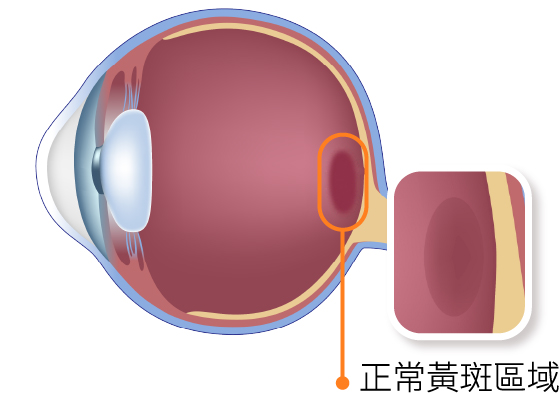
Types of Macular Degeneration
Dry type
Macular Degeneration
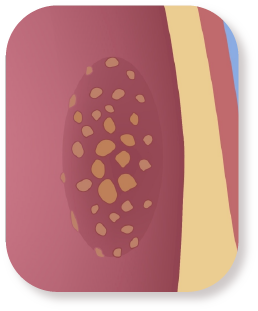
Wet type
Macular Degeneration
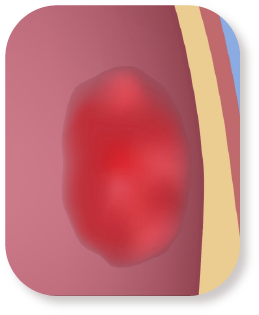
Causes of Macular Degeneration
Macular degeneration may be caused by factors such as aging, smoking, family history, poor dietary habits, vitamin deficiency, or retinal damage from UV exposure—all of which increase the risk of developing the condition. Therefore, if you experience any of these symptoms, it is important to seek medical attention promptly and receive appropriate treatment.

Family inheritance

Aging
Macular degeneration

Loss of vision due to
long-term absorption of strong sunlight
(ultraviolet rays)

Smoking

Eating lots of high fat
or cholesterol food

High myopia
Symptoms of Macular Degeneration
Symptoms of macular degeneration include: central visual field changes: patients will find round, oval, oval, irregular dark spots, black circles, etc. in the center of the visual field; visual impairment: rapid or gradual loss of vision, with acute vision mostly in one eye. Significant decrease; abnormal color vision: abnormal perception of colors, and contrast color sensitivity may also be reduced.

Darkness in the center
of the vision

Blurred vision

Distorted vision
Macular Degeneration Self-Examination and Test Diagnosis

Macular Degeneration Self-Examination and Test Diagnosis
Amsler Grid
No matter what your age, you should always perform self-examination for macular degeneration. Use the "Amsler grid" on the left to perform the examination:
- Hold the grid 30 cm from your eyes, looking at the centre with one eye
- Repeat the same step again to test the other eye
- During the test, if you find that the straight lines are blank or distorted, or that certain areas are blurry, this may be a sign of fundus trouble. You should see an ophthalmologist for a more detailed examination as soon as possible.
- In addition to these common symptoms, patients may also experience night blindness
Be aware of the following symptoms
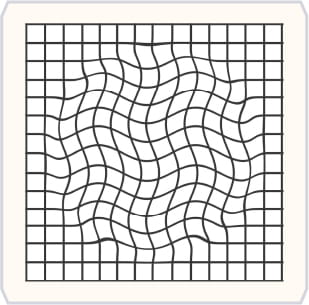
Distortion

Dark spot
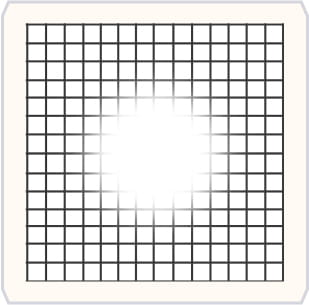
Blurred central vision
Treatment Methods for Macular Degeneration
Intravitreal Anti-VEGF Injection
Intravitreal injection(Intraocular Drug Injections)
The intravitreal injection stops the growth of new blood vessels, thus reducing neovascular leakage and bleeding. Not only can the intraocular condition be controlled, but the impaired vision can also be improved. Patients are required to receive the injection within a specified period of time and under sterile and surface anaesthetic conditions.
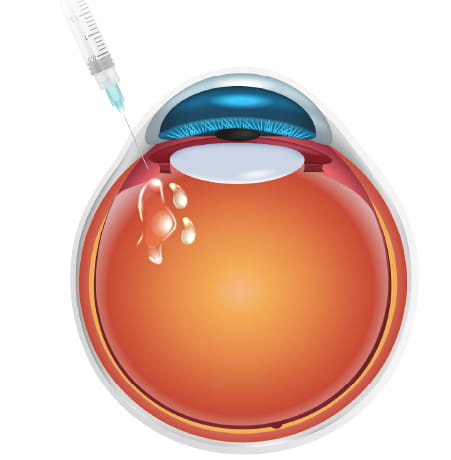
Laser photocoagulation
Laser photocoagulation uses high-energy laser light to destroy an abnormal growth of blood vessels in the retina to stop their proliferation and reduce leakage, bleeding and oedema, preventing vision loss. The treatment takes effect indiscriminately in the eye and has the potential to damage the surrounding healthy tissues, causing visual impairment. Therefore, it is only suitable for patients whose lesions are located far from the centre of the macula.

Photodynamic therapy
The doctor will conduct an intravenous injection with a light-sensitive medicine which will be absorbed by the abnormally-grown blood vessels. The medicine will then be activated to block the abnormal blood vessels by special laser light, controlling the deterioration of this disease and improving the patient’s visual function. This treatment does not cause damage to peripheral tissues and is beneficial in improving vision degeneration.
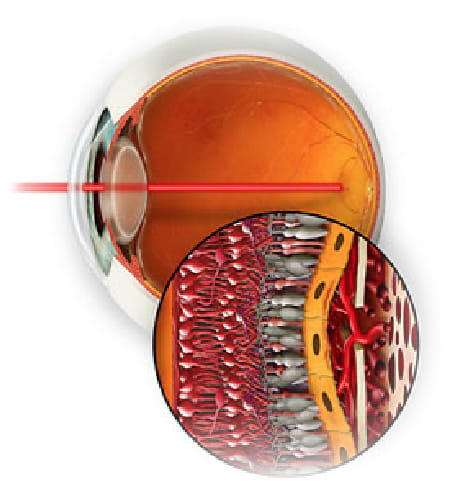


Dr. YEUNG Tak Yee is one of the designated doctors under the "Anti-VEGF Medicine Subsidy Scheme" jointly organised by Retina Hong Kong and the Hong Kong Health Care Alliance. The scheme provides financial assistance to designated eye clinic patients* currently waiting in public hospitals. Patients can save the time of waiting by visiting the designated doctor's clinic for anti-VEGF medicine. Patients in need of anti-VEGF medicine can come to our centre by appointment through the Hong Kong Health Care Alliance.
Patients must be clinically diagnosed with wet age‑related macular degeneration, diabetic macular edema, retinal vein occlusion, or choroidal neovascularization, and require intravitreal injection treatment. For details of the program, please refer to here.
Macular Degeneration FAQ
Why does severe sunburn in the eyes cause macular degeneration?
The UVA from sunlight’s UV radiation have a lower energy level but is more penetrating. The energy can accelerate the ageing of photoreceptors in the retina, causing early damage to the posterior macula and its degeneration.
Can macular degeneration cause total blindness?
There is a chance of it. When new blood vessels or exudates take over the macula, they can damage the photoreceptors and eventually lead to loss of central vision.
How do I know if my macular degeneration is getting worse?
- If straight lines appear to become wavy or the mild waviness have worsen and image become distorted
- If there is a central or near-central darkened area of vision
- If there is a sudden blockage or blackened area in or near the central vision

